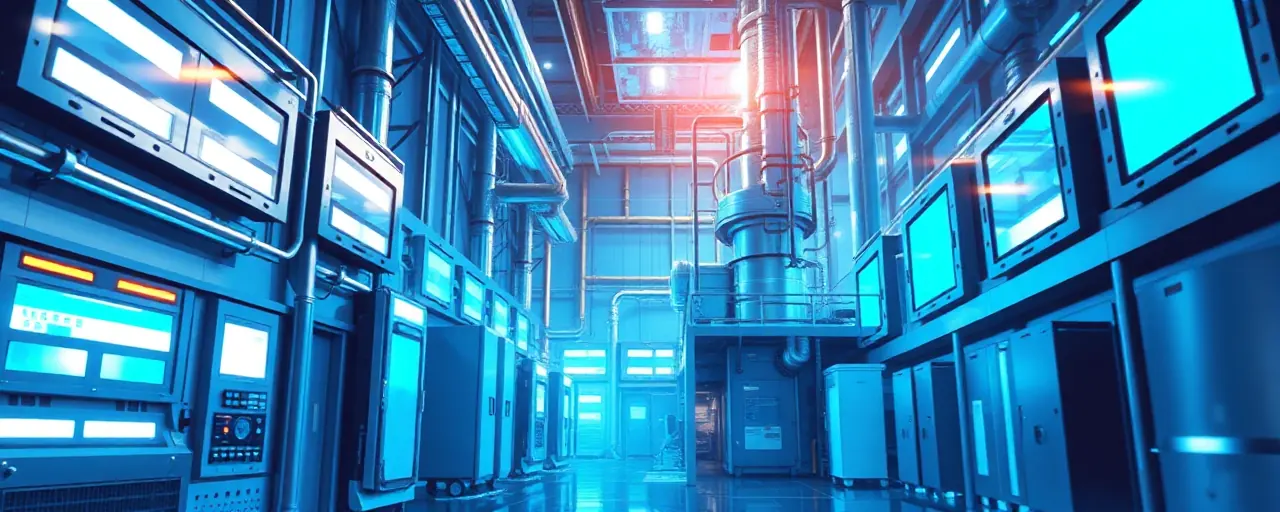A Surge of Capital Reshapes Industry
Across the United States, factories are humming back to life, fueled by an unprecedented wave of private and foreign investment. Since January 2025, companies like Apple, NVIDIA, and Taiwan Semiconductor Manufacturing Company (TSMC) have announced commitments totaling over $5 trillion to build cutting-edge facilities, from AI data centers to chip plants. This influx, paired with pledges from nations like Japan and the United Arab Emirates, signals a transformative moment for American industry.
The scale of these investments is staggering. Apple alone has committed $500 billion to expand manufacturing and workforce training, while NVIDIA’s $500 billion plan aims to produce AI supercomputers entirely on U.S. soil. TSMC’s $100 billion investment in chip production underscores a push to secure critical technology supply chains. These projects promise to create at least 451,000 jobs, offering a lifeline to communities hit hard by decades of industrial decline.
Yet, this boom raises questions. What’s driving this rush of capital? How sustainable is it, given global economic uncertainties? And what does it mean for workers, consumers, and the broader economy? To understand this moment, it’s worth examining the forces at play, from policy incentives to shifting global trends.
Policy Incentives Meet Market Realities
Government policies have played a pivotal role in attracting investment. Federal initiatives, including tax credits and subsidies from the 2022 CHIPS and Science Act, have sweetened the deal for companies building domestic facilities. These measures aim to reduce reliance on foreign supply chains, particularly for semiconductors, which power everything from smartphones to military systems. The act’s $52.7 billion in funding has already spurred over $540 billion in private semiconductor investments since 2020.
Beyond subsidies, recent administrations have used tariffs and regulatory adjustments to encourage companies to prioritize U.S. production. Supporters argue these policies protect national security and create jobs, while others warn they risk raising costs for consumers and straining trade relationships. For now, the combination of incentives and protections has drawn heavyweights like Softbank and Oracle, whose $500 billion ‘Project Stargate’ aims to build AI infrastructure across the country.
Still, policies alone don’t explain the frenzy. Companies are responding to market pressures, including rising global demand for AI and cloud computing. With the semiconductor industry projected to hit $697 billion in revenue in 2025, firms are racing to secure their share of a lucrative and strategically vital market.
Global Trends and Foreign Capital
The U.S. remains a magnet for foreign direct investment (FDI), with inflows rising 13% in 2024 to $266 billion. Asian and European firms, from Hyundai to Roche, are pouring billions into American factories, drawn by a stable market and generous incentives. Japan’s $1 trillion pledge and the UAE’s $1.4 trillion commitment over the next decade highlight the scale of international confidence in U.S. industry.
This foreign influx aligns with a broader trend: reshoring and nearshoring. Companies are moving production closer to their core markets to avoid supply chain disruptions, like those seen during the COVID-19 pandemic. Mexico has emerged as a key nearshoring hub, but the U.S. benefits directly from investments in high-tech sectors. For instance, Novartis’s $23 billion plan to expand ten U.S. manufacturing sites will create 4,000 jobs, while CMA CGM’s $20 billion in shipping and logistics adds another 10,000.
However, not everyone is optimistic. Global FDI flows dropped 8% in 2024 due to geopolitical tensions, and some analysts worry that protectionist policies could deter long-term investment. The Committee on Foreign Investment in the United States has also tightened scrutiny of foreign deals, particularly in sensitive sectors, raising concerns about balancing security with economic openness.
Jobs, Innovation, and Challenges Ahead
The human impact of these investments is already visible. From Louisiana’s new Hyundai steel plant to New York’s Chobani dairy facility, projects are creating thousands of jobs, many in regions long overlooked by industry. High-tech roles in AI and semiconductor manufacturing promise higher wages, but they also require specialized skills, sparking debates about workforce training and education.
Innovation is another beneficiary. Investments in AI infrastructure, like Microsoft’s $80 billion push for data centers, are laying the groundwork for advances in automation, healthcare, and beyond. Yet, the race to dominate AI and chip production carries risks. Talent shortages, rising costs, and potential overcapacity in semiconductor manufacturing could strain the industry. Geopolitical tensions, particularly with China, add further complexity, as nations compete for technological supremacy.
For everyday Americans, the benefits—jobs, economic growth—are tangible, but so are the uncertainties. Higher production costs could lead to pricier goods, and the focus on high-tech sectors may leave traditional industries behind. The challenge lies in ensuring that this investment boom delivers broad, lasting prosperity.
A Defining Moment for American Industry
The flood of investment into U.S. manufacturing and technology marks a pivotal chapter in the nation’s economic story. Driven by a mix of policy, market demand, and global realignments, companies and governments are betting big on America’s industrial future. The promise of jobs, innovation, and supply chain security is real, but so are the hurdles: skill gaps, global competition, and the need for sustained economic stability.
As factories rise and data centers hum, the stakes couldn’t be higher. This moment offers a chance to redefine American industry, but its success will depend on careful planning, collaboration, and a commitment to balancing growth with resilience. For now, the world is watching, and the U.S. is seizing its opportunity to lead.
